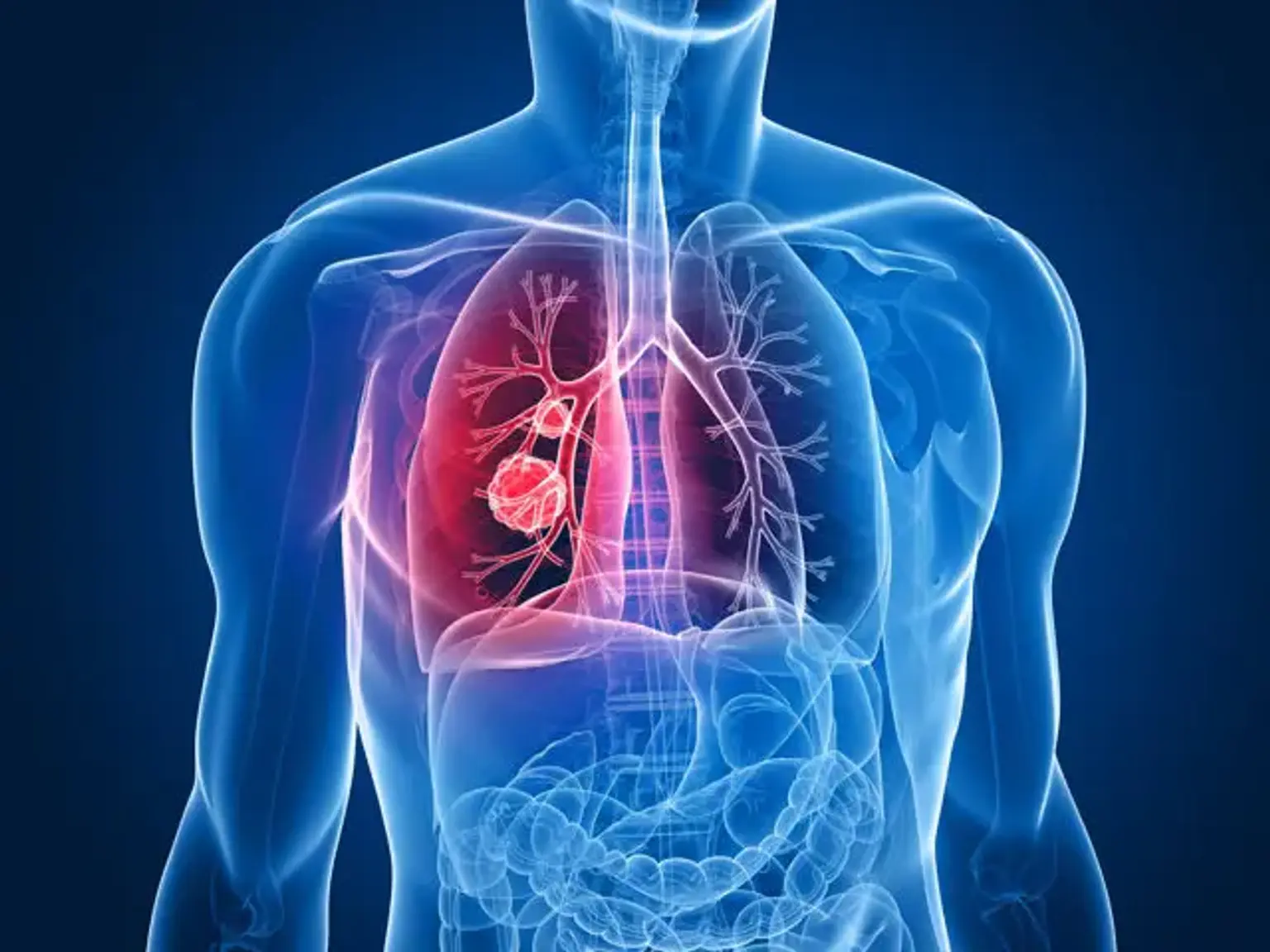Lung Cancer
Lung cancer is a chronic health condition and the major cause of cancer-related death globally. Typically, it’s a form of cancer that normally begins and affects the lungs. The lungs are the pair of spongy organs located in the chest. It’s responsible for taking in oxygen during inhalation and releasing carbon dioxide during exhalation.
Lung cancer usually develops when the cells in the lungs divide out of control, resulting in the growth of tumors. With time, it limits the ability to breathe normally and spread to various parts of the body. Overall, early diagnosis and treatment are essential to prevent more complications.
